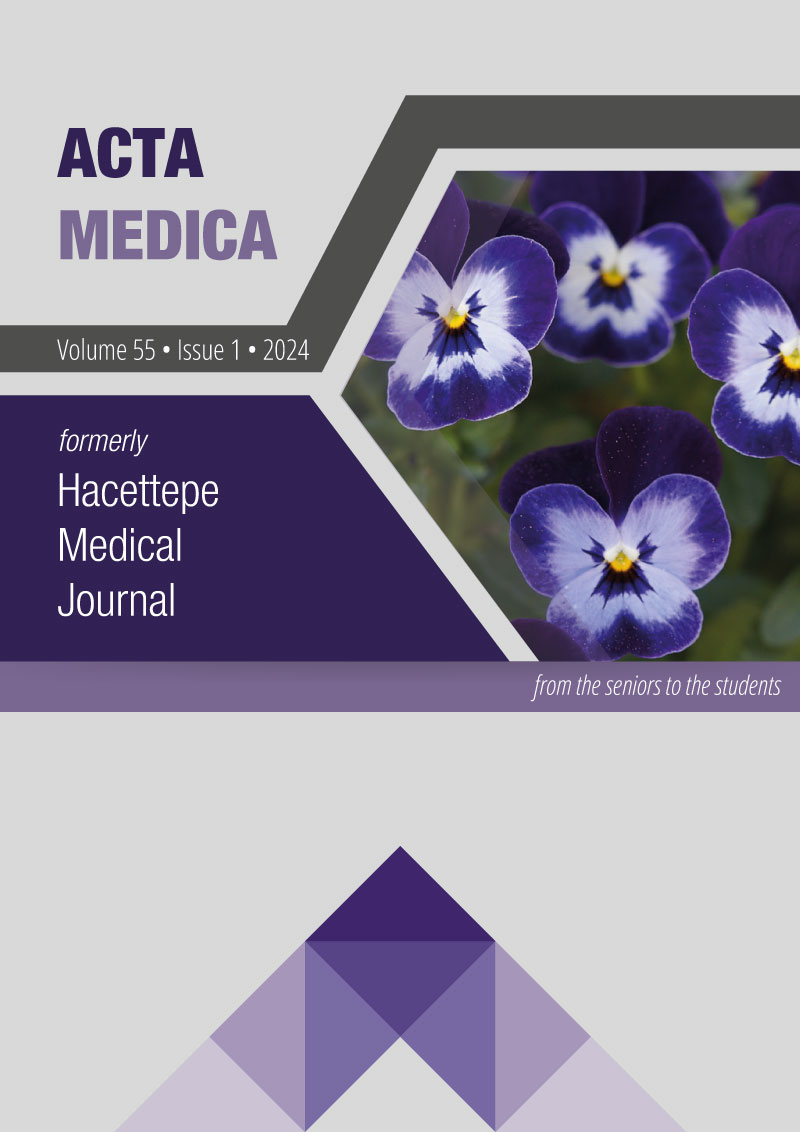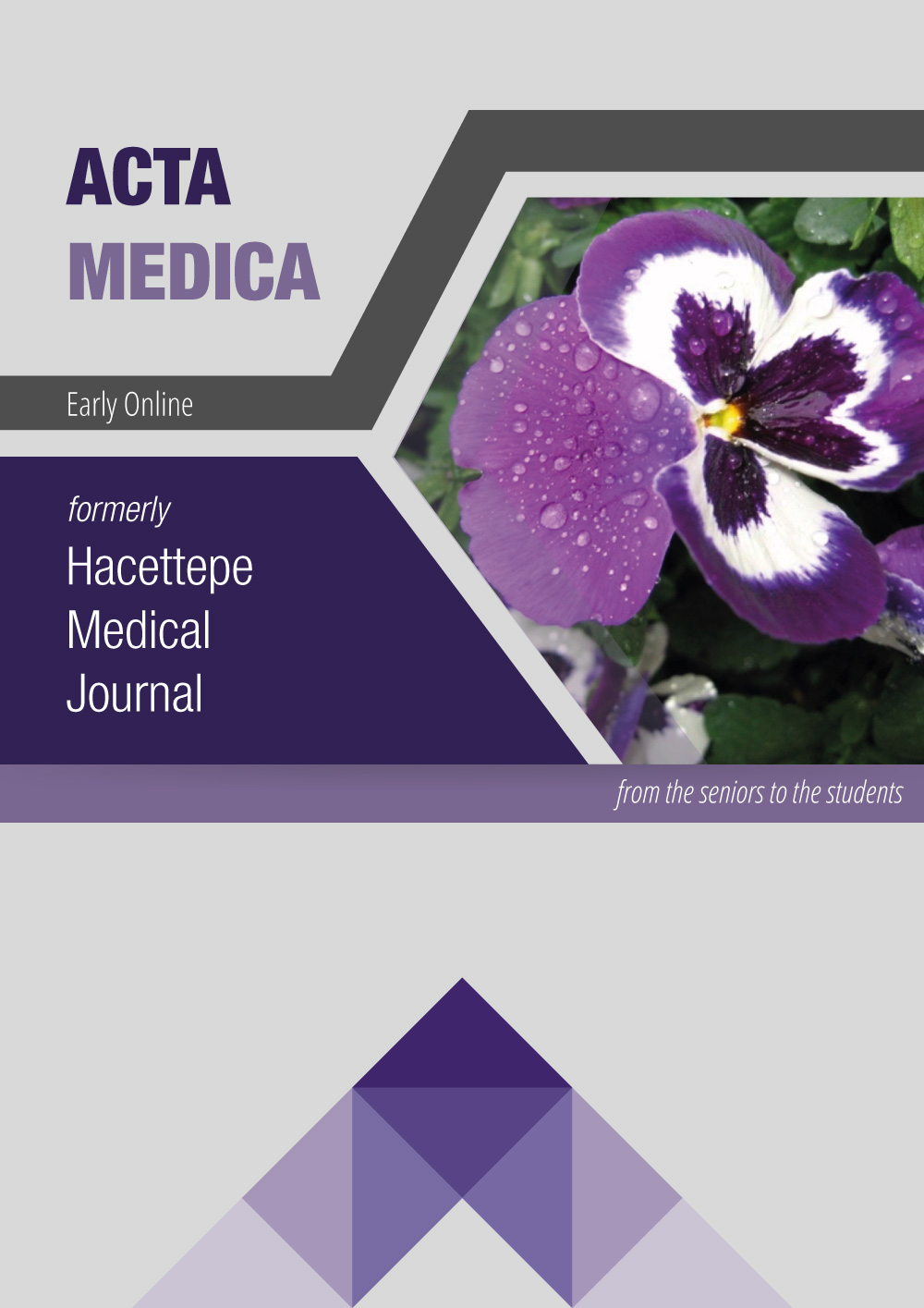Investigation of the anticancer, antimigration and antiangiogenesis effects of an oxadiazole derivative in two- and three-dimensional cultured Ishikawa and Huvec cells; in vitro and in silico studies
DOI:
https://doi.org/10.32552/2024.ActaMedica.950Keywords:
Endometrial carcinoma, molecular docking, multicellular spheroids, anticancer, VEGFAbstract
Introduction: There are various methods used in cases of metastatic endometrial cancer. However, the prognosis is generally poor. Therefore, new anticancer agents are expected to exhibit the potential to prevent metastasis, as well as their effects on the viability of cancer cells. In in vitro conditions, the Ishikawa cell line represents endometrial adenocarcinoma and the Huvec cell line represents human umbilical vein endothelial cells. Oxadiazole derivatives may be promising new agents for endometrial cancer treatments by exhibiting anticancer and antiangiogenic properties.
Objective: The aim of this study was to examine the anticancer, antimigration and antiangiogenic effects of 5-[(4-Phenylpiperazine-1-yl)methyl]-1,3,4-oxadiazol-2-thiol (FP-Oxa) on co-cultured Ishikawa and Huvec cells.
Materials and Methods: In silico molecular docking, ADME and toxicity analyzes were performed for FP-Oxa. The effect on the viability of two- and three-dimensional mono- and co-culture models created with HUVEC and Ishikawa cells was evaluated by MTT analysis and IC50 values were calculated. The effect on the migration of two-dimensional cultured cells was determined by wound healing assay. Changes in VEGF expression in three-dimensional co-culture models were evaluated by immunofluorescence staining.
Results: As a result of in silico analyses, it was determined that FP-Oxa was within the oral bioavailability limits, exhibited class 4 toxicity, and had inhibition potential by binding to VEGR2. While FP-Oxa clearly inhibited migration in two-dimensionally cultured Ishikawa cells, it did not show the same level of success in Huvec and co-cultured cells. It was effective in reducing VEGF expression in three-dimensional co-cultures.
Conclusion: FP-Oxa may have various therapeutic effects on endometrial adenocarcinoma cells. It will be important to conduct biological activity studies in three-dimensional models that mimic the tumor structure created with different types of cancer cells.
Downloads
Downloads
Published
How to Cite
Issue
Section
License
Copyright (c) 2024 Acta Medica

This work is licensed under a Creative Commons Attribution-NonCommercial-NoDerivatives 4.0 International License.


